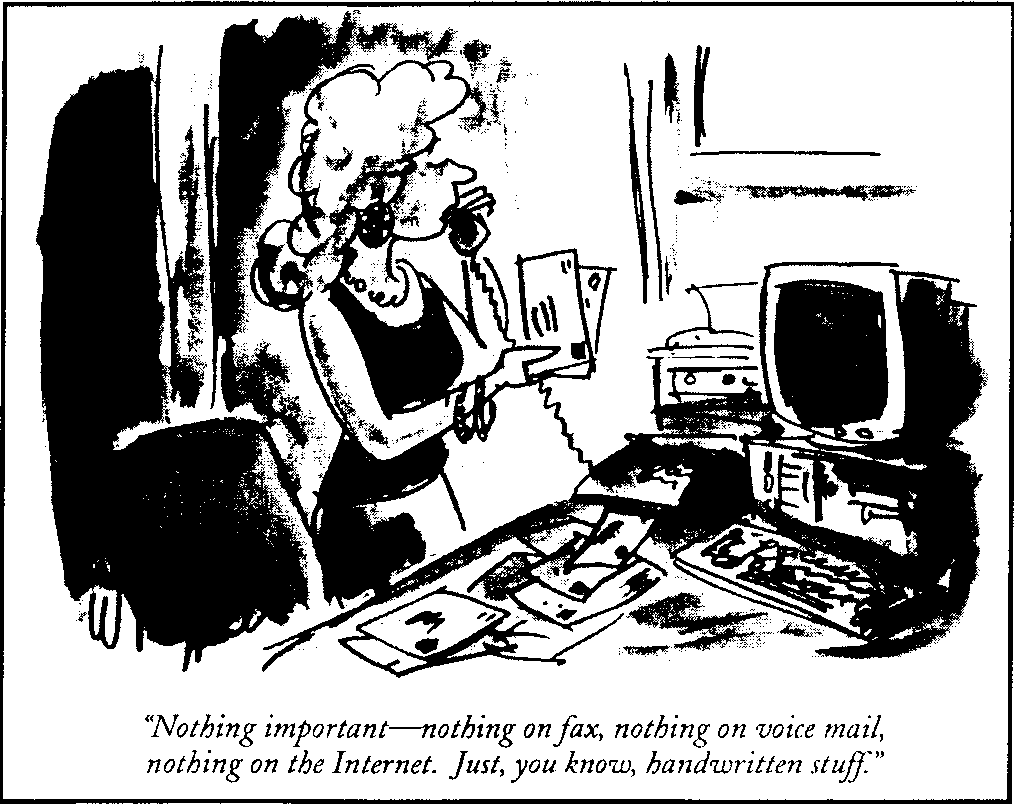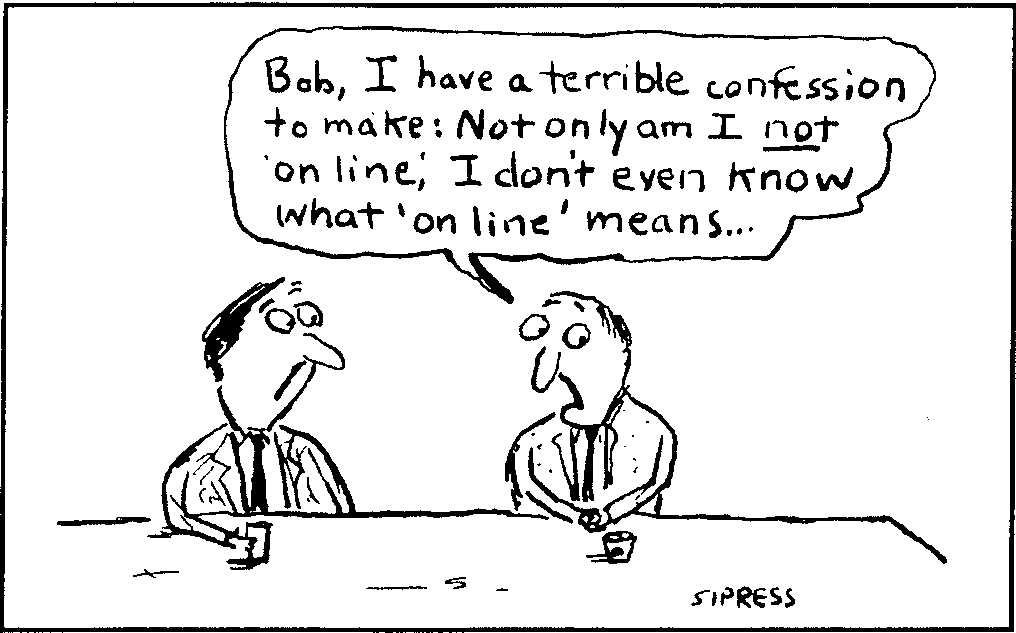
- •Introduction
- •1. How do you choose a career?
- •1.1. “Working” vocabulary
- •1.2. Choosing a career
- •Choosing a career
- •1.3. Career and personality
- •What is Your Career Personality?
- •Does My Personality Match this Career?
- •1.4. The 10 top steps for choosing a career
- •The 10 top steps for choosing a career
- •1. Begin with your values.
- •2. Identify your skills and talents.
- •3. Identify your preferences.
- •4. Experiment.
- •5. Become broadly literate.
- •6. In your first job, opt for experience first, money second.
- •7. Aim for a job in which you can become 110% committed.
- •8. Build your lifestyle around your income, not your expectations.
- •9. Invest five percent of your time, energy, and money into furthering your career.
- •10. Be willing to change and adapt.
- •1.5. Revision
- •2. Looking for a job
- •2.1. Work
- •2.3. Job search methods
- •Job search methods
- •2.4. Experience first, money second
- •My life as an intern
- •2.5. Revision
- •3. Applying for a job
- •3.1. Looking for and applying for a job
- •3.2. Want ads
- •3.3. How does a selection process go?
- •The Selection Process
- •Interview...
- •3.4. Getting ready for a job interview
- •Curriculum vitae
- •Interests
- •Personal statement
- •Covering letter
- •Mega Video Store requires trainee manager
- •16, London road,
- •23, High Road,
- •Planning
- •Writing
- •Checking
- •3.5. A job interview
- •3.6. Getting and keeping a job
- •3.7. Revision
- •4. At work
- •4.1. Career and promotion
- •One man's career
- •Being busy
- •Other idioms connected with work
- •During your working life
- •4.2. Colleagues and routines
- •Colleagues
- •Daily work routines
- •During the day (different work-patterns)
- •Types of work
- •4.3. Revision
- •5. The everchanging workplace
- •5.1. Revolution in the workplace
- •Recent changes in the world of work
- •Help wanted
- •5.2. The changing workplace
- •What makes a good workplace?
- •The Changing Workplace
- •5.3. Revision
- •6. Gender issues in the workplace
- •6.1. Men vs women
- •6.2. Gender stereotypes at work
- •6.3. Inequality at work
- •Inequality at work
- •6 .4. Gender discrimination in the workplace and at home
- •6.5. Balancing home and work
- •Balancing home and work
- •Value of housework
- •A Cinderella story
- •6.6. Revision
- •7. Check yourself
- •2. Write some collocations or brainstorm some related topics 1. Write a definition
- •Vocabulary Word
- •3. Use the word in a sentence or question 4. Recall a sentence with the word from the text.
- •Useful phrases
- •Writing a Summary Conflicting interests
- •Understanding the task
- •Deciding what is important
- •Answering questions to write a summary
- •Summarising a paragraph
- •Cutting out unnecessary information
- •6. Understanding the task
- •7. Planning
- •8. Writing
- •9. Checking
- •Presentation Signpost Expressions
- •Introducing the topic
- •Presentations. Structure and Useful Phrases
- •Introduction
- •Interpreting information
- •Discourse markers in speech and in writing
3.6. Getting and keeping a job
Task 1. You will listen to a lecture on how technology has influenced the workplace and how to get and KEEP a job. The following items contain important vocabulary from the lecture. Work with a partner. Using the context and your knowledge of related words, take turns trying to guess the meanings of the words in bold.
The procedures for finding a job and sending an application have changed quite a lot.
You will be expected to complete multiple tasks.
If you are looking for any type of administrative work, . . .
Forget about the good old days of paper calendars, rolodexes, and file cabinets.
... digital databases that store all the information that used to be kept on paper
Many departments use spreadsheet programs to keep track of all transactions.
You must have a plan for how to acquire these skills.
Even novice users can learn how to create professional-looking flyers.
Task 2. Work with your partner. Match the vocabulary terms from Task 1 with their definitions below. Check your answers in a dictionary if necessary.
beginners
managing or organizing documents and information
several or many
learn, get
keep
items that hold information on paper
buying and selling
steps
Task 3. Read the following questions about the lecture. Think about what kind of information you will need to answer them.
Why must an applicant be able to participate well in an interview?
Which basic computer skills are expected in an office environment today?
How was information stored in the past? How is it stored today?
What are some ways to acquire or improve the skills you need?
Task 4. Listen to the lecture and take notes on your own paper. Use the questions in Task 3 as a guide to help you listen for the important points.
Task 5. Use your notes to answer the questions in Task 3. Share your answers with a partner. You can take turns explaining your answers orally. Or, you can write your answers and then exchange what you have written. Answer as fully as you can.
Task 6. Write a one-paragraph summary of the lecture. Remember that only the most important points of a lecture should be included in a summary. Include these words in your summary:
traditional
computer
research
skills
apply
interview
technology
acquire
T ask
7. Look
at these cartoons. Work with a partner and take turns answering the
following questions.
ask
7. Look
at these cartoons. Work with a partner and take turns answering the
following questions.
Who do you think the woman is talking to?
Do you think the person the woman is talking to will agree with her opinion about what is important?

Task 8. Look at the cartoon on the left. Work with your partner and make up the rest of the conversation between the two men in the cartoon. Take turns acting the parts of "Bob" and "the other man."
